Summer-Time Pollinator Friendly Gardens
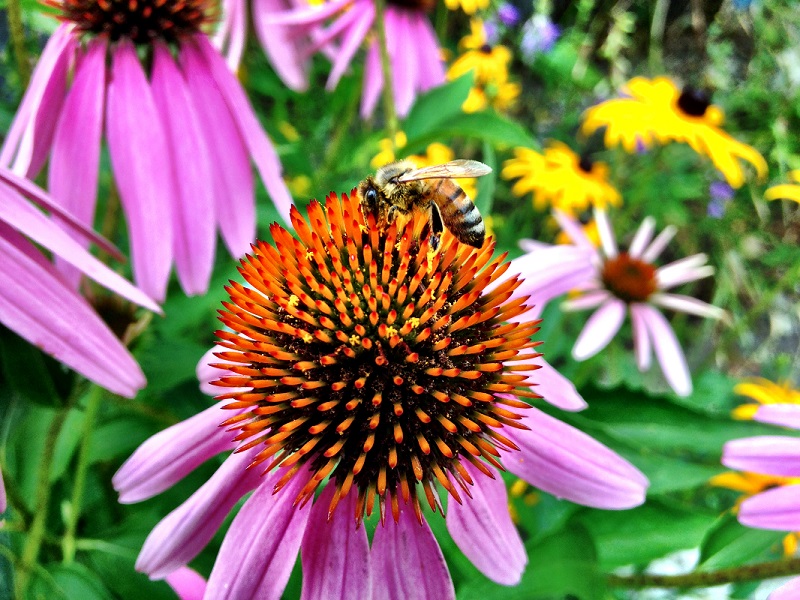
Creating a pollinator friendly garden
Have you heard about the decline in wild pollinators over the last several years? Do you love butterflies? Maybe you just love the look of bright colored, flowering, native plants and shrubs. Either way, pollinator friendly gardens could be the right choice for you!
Pollinators play a crucial role in the life cycle of many flowering plants and crops. Without them we wouldn’t be able to produce most delicious fruits and vegetables like apples, carrots, plums, peaches, green beans, pears, peppers, onions, strawberries and cherries. They are also needed to produce important crops like alfalfa and clover. Planting a pollinator garden is a great way to encourage population growth for these forgotten species!
Most people are scared to plant these types of gardens because they think they are too high maintenance, but pollinator gardens don’t have to be high maintenance at all! Here are some simple things you can do to help make your flowerbeds a little more pollinator friendly.
- Choose perennials and shrubs that flower at different times of the year to provide nectar and pollen sources throughout the growing season. *As an added bonus for you, this also provides your flowerbeds with year round color, something that is important in all landscape designs!
-
Plant in groups, rather than single plants, to better attract pollinators. *Planting in odd numbered clusters is also an important rule in basic landscape design. A set of three perennials staggered is often more pleasing to the eye than two side-by-side; you can check out examples of this in some of our landscape designs.
- Use a variety of flower colors, textures and shapes to appeal to different pollinators. *This use of diversity is also appealing to the human eye, which is why it too plays an important role in landscape design
- Choose native plants to attract more native pollinators.
- And don’t forget about trees and shrubs! Woody plants provide early nectar for pollinators. They are also used for host plants for caterpillars to turn into butterflies.
Native Perennials for Sun
Butterfly Weed
Columbine
Coneflower
English Lavender
Sunflowers
Mountain Mint
Joe Pye Weed
Golden Rod
Native Perennials for Shade
Jack in the Pulpit
Creeping Phlox
White Wood Aster
Bleeding Hearts
Trees for Pollinators
Redbud
Serviceberry
Red Maple
Annuals and Herbs for Pollinators
Rosemary
Parsley
Oregano
Thyme
Basil
Zinnia

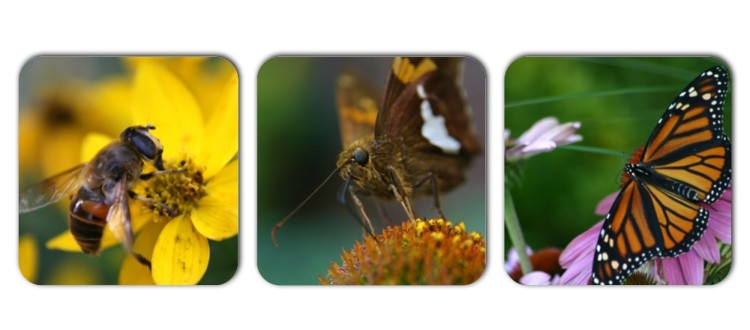
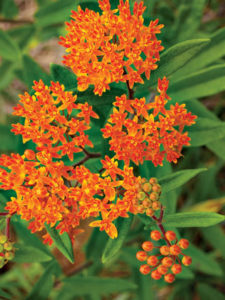


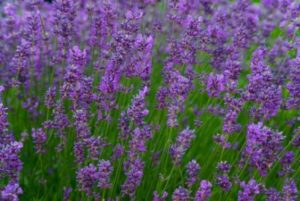

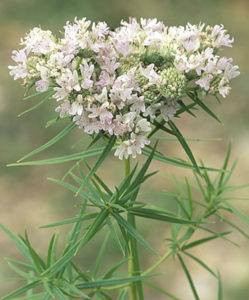
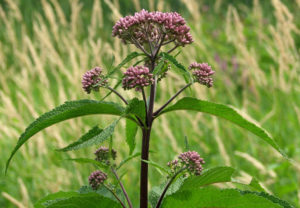
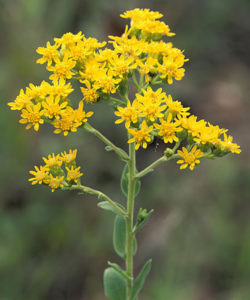
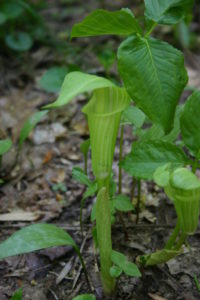
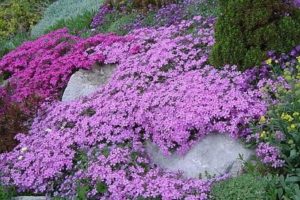


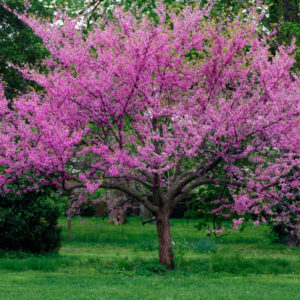
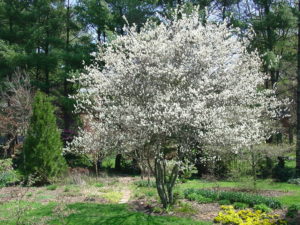
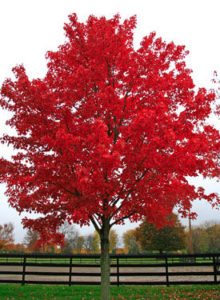
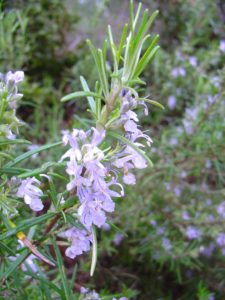
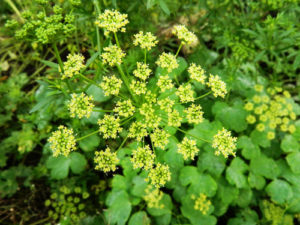
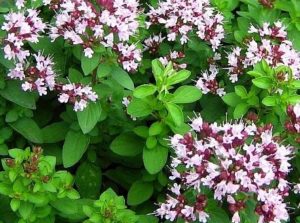
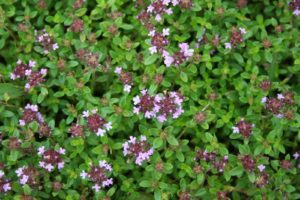
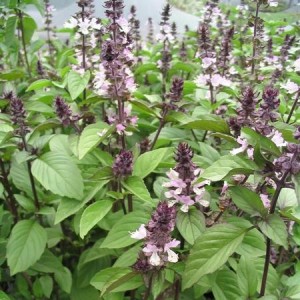
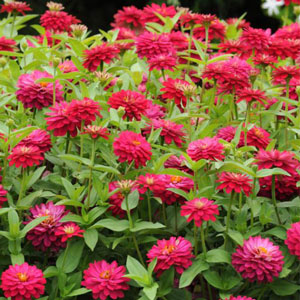
Leave a Reply